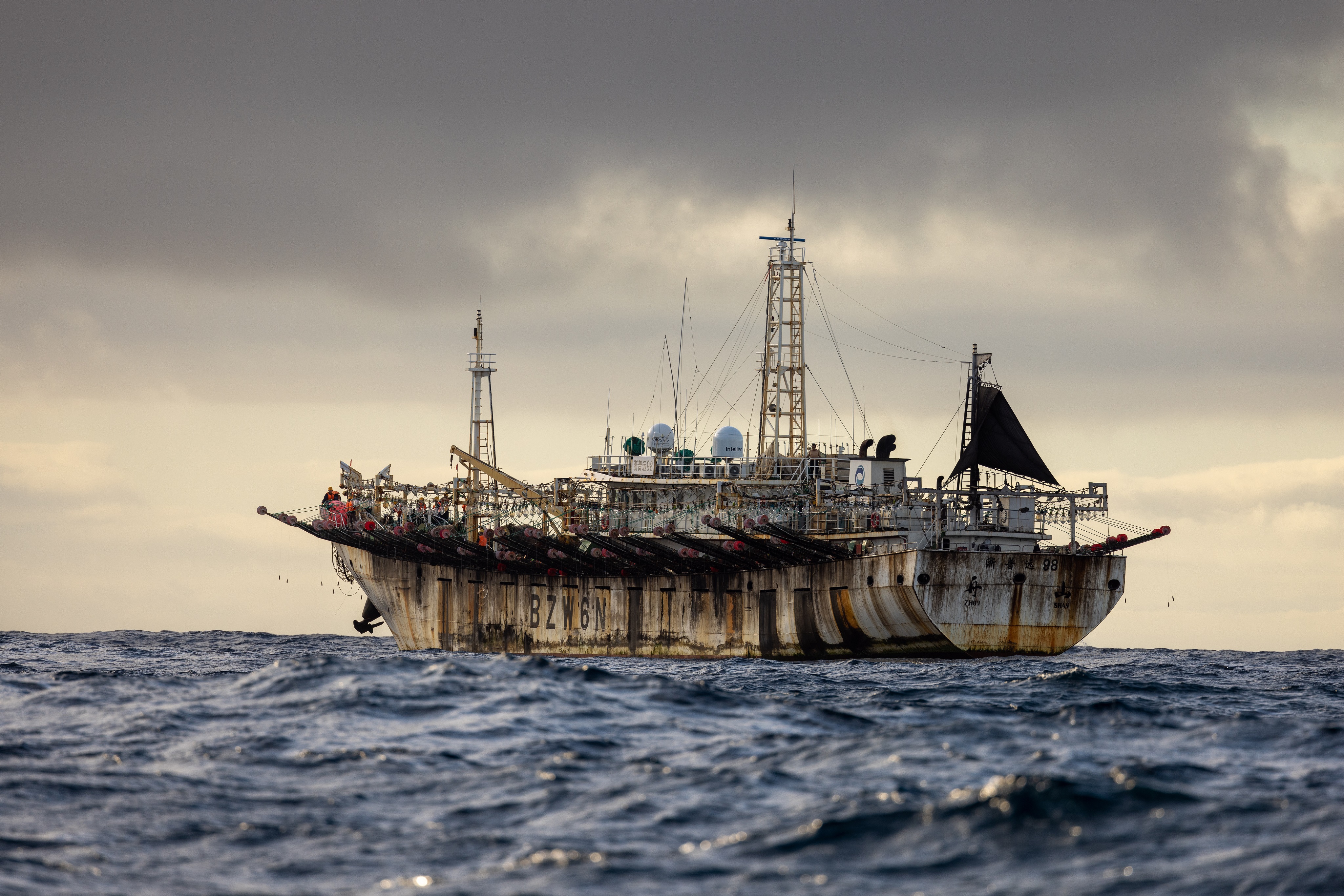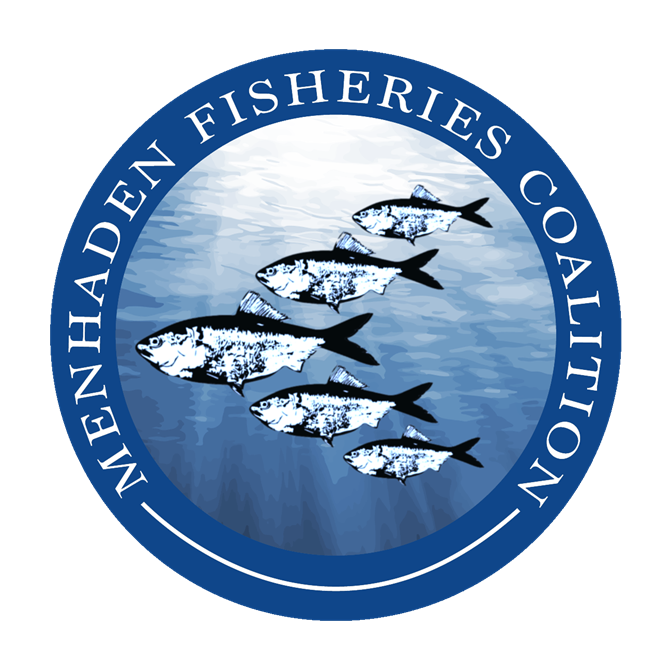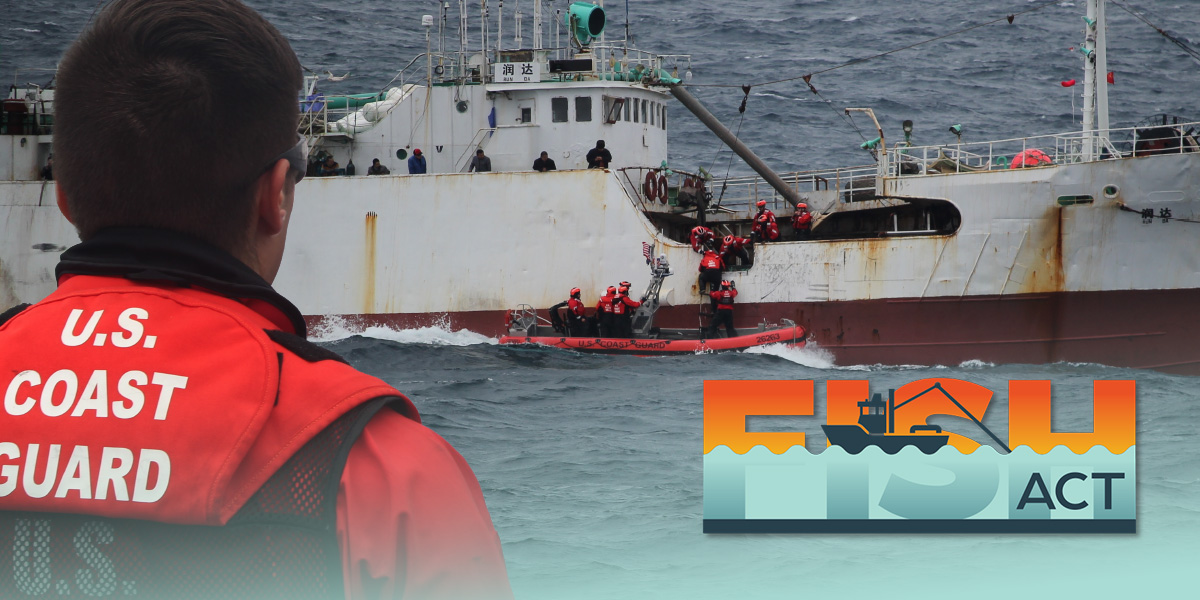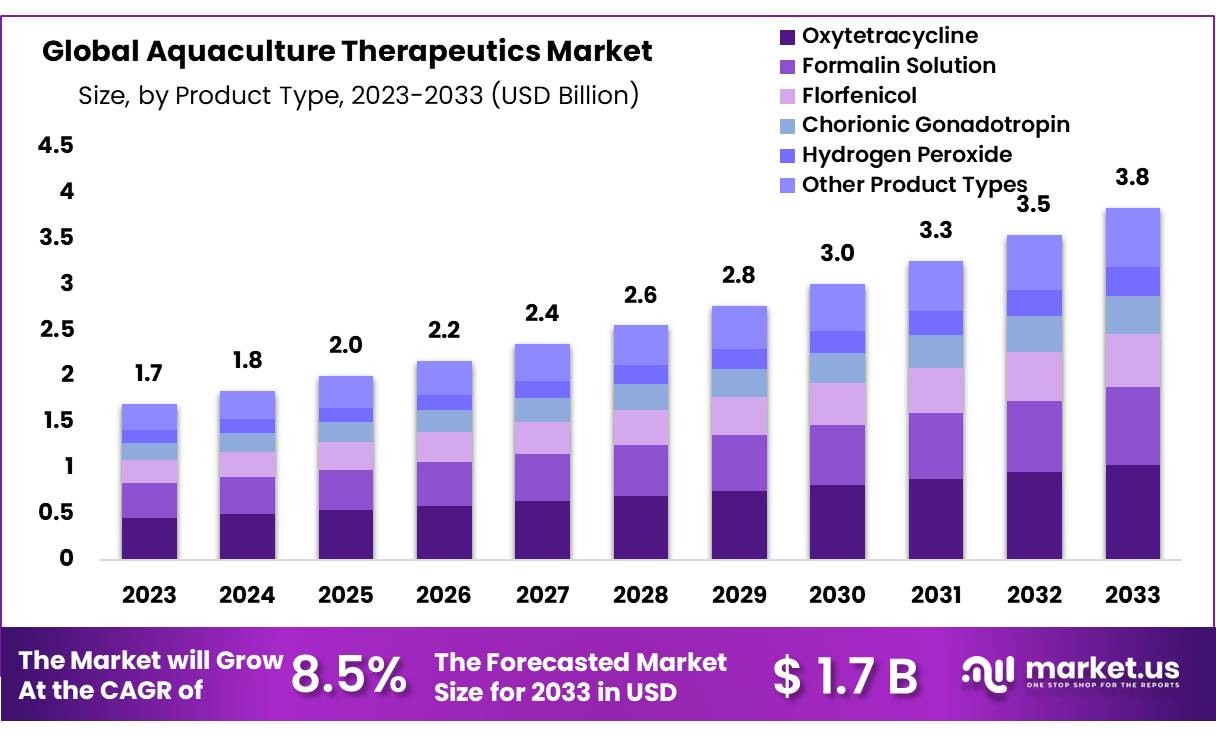How satellites and AI track illegal fishing in protected oceans – National Fisherman

Global Assessment of Marine Protected Areas and Alignment with Sustainable Development Goal 14
A global study utilizing advanced satellite technology indicates that Marine Protected Areas (MPAs) with comprehensive bans on industrial fishing are largely effective in preventing poaching. This finding holds significant implications for the international community’s efforts to achieve Sustainable Development Goal 14 (Life Below Water), particularly its targets related to conservation and the cessation of illegal fishing. While over 8% of the world’s oceans are designated as protected, the effectiveness of these protections has been a subject of concern, with many areas viewed as “paper parks.” This report details the findings on MPA efficacy and the role of new technology in strengthening enforcement and accountability.
The Critical Role of MPAs in Ocean Conservation
Addressing Threats to Marine Ecosystems
Marine Protected Areas are established to safeguard vital marine habitats where species breed, feed, and thrive. A primary threat to these ecosystems is industrial fishing, which has expanded dramatically since the mid-20th century.
- The global industrial fishing fleet extracts approximately 100 million metric tons of seafood annually, a fivefold increase since 1950.
- Over one-third of commercial fish species are currently overfished, meaning they are harvested beyond a rate that population growth can replenish.
- This level of extraction directly undermines SDG Target 14.4, which calls for an end to overfishing and Illegal, Unreported, and Unregulated (IUU) fishing.
Contribution to SDG 14 Targets
When properly designed and enforced, MPAs are a cornerstone of international conservation policy and a critical tool for meeting SDG 14. Well-managed MPAs can restore fish populations and marine habitats, contributing to SDG Target 14.2 (sustainably manage and protect marine and coastal ecosystems). Furthermore, they can generate a “spillover effect” that benefits adjacent fisheries. The global pledge to protect 30% of the ocean by 2030 (the 30×30 initiative) underscores the international commitment to expanding MPAs as a primary strategy for achieving SDG Target 14.5 (conserve at least 10% of coastal and marine areas).
Challenges in MPA Implementation and Enforcement
Discrepancies in Protection Levels
A significant challenge in assessing progress toward SDG 14 is the variance in what “protection” entails. While governments report that over 8% of the global ocean is protected, the level of protection is often insufficient.
- Only about 3% of the global ocean is covered by MPAs that fully ban industrial fishing, which is considered the gold standard for conservation.
- Many designated MPAs permit destructive fishing practices, including bottom trawling, which compromises their conservation value.
The Threat of Illegal, Unreported, and Unregulated (IUU) Fishing
The healthy ecosystems within well-protected areas can attract illegal fishing operations, or poachers. High-profile incidents, such as the 2017 seizure of a vessel in the Galápagos Marine Reserve carrying 300 tons of marine life, highlight this challenge. The practice of vessels disabling their Automatic Identification System (AIS) trackers to “go dark” has fueled concerns that a substantial amount of IUU fishing goes undetected, directly impeding progress on SDG Target 14.4.
Technological Advancements in Monitoring and Enforcement
Overcoming Limitations of Traditional Monitoring
Historically, monitoring of industrial fishing has relied on the AIS, which broadcasts a vessel’s location to prevent collisions. However, its effectiveness is limited, as the system can be disabled or tampered with, creating significant blind spots for enforcement agencies.
The Emergence of Synthetic Aperture Radar (SAR)
New satellite technologies are providing a more complete picture of maritime activity. Synthetic Aperture Radar (SAR) can detect vessels from space, even if they are not transmitting AIS signals. Paired with artificial intelligence, SAR illuminates the activity of these “dark fleets.”
- In a comparative study, approximately 75% of fishing vessels detected by SAR were not being tracked by AIS.
- This technology provides a powerful new tool for monitoring, enforcement, and accountability, thereby strengthening the institutional capacity required to achieve SDG 16 (Peace, Justice and Strong Institutions).
Key Findings from a Global Analysis of MPA Effectiveness
Study Methodology
A comprehensive analysis combined AIS vessel tracking data, SAR satellite imagery, and official MPA regulations. The study examined nearly 1,400 MPAs where industrial fishing is explicitly prohibited by law, covering approximately 7.9 million square kilometers.
Evidence of Compliance in Fully Protected Areas
The results demonstrate that MPAs with strong regulations are overwhelmingly successful. The findings provide clear evidence that these areas are not merely “paper parks.”
- Most MPAs with full industrial fishing bans showed little to no signs of industrial fishing activity.
- The average density of fishing vessels detected in these areas was 5 per 100,000 square kilometers, compared to 42 in unprotected coastal waters.
- An estimated 96% of these fully protected areas experienced less than one day per year of alleged illegal fishing effort.
- In contrast, a related study found that MPAs with weaker regulations that permit some fishing had approximately eight times more vessel detections than those with full bans.
Implications for Achieving the 2030 Agenda for Sustainable Development
Strengthening Institutions and Enforcement (SDG 16)
These technological advances can transform marine law enforcement. By reducing the cost of monitoring vast ocean areas, agencies can shift from costly physical patrols to targeted, intelligence-driven enforcement. Publicly available tools like the Global Fishing Watch map further promote transparency and accountability, aligning with SDG 17 (Partnerships for the Goals). Evidence from Costa Rica, the Galapagos, and Mexico shows that satellite and radar-based monitoring has a significant deterrent effect on illegal fishing.
Accelerating Progress on SDG 14 (Life Below Water)
The research provides a basis for optimism, confirming that strongly regulated MPAs are an effective instrument for achieving the targets of SDG 14. The clear conclusion is that for MPAs to contribute meaningfully to the 30×30 initiative, they must be implemented with robust regulations that fully prohibit industrial fishing. Beyond fisheries management, these monitoring technologies hold potential for tracking other human activities at sea, such as oil slicks and deep-sea mining, thereby increasing corporate accountability for the sustainable use of ocean resources.
Analysis of Sustainable Development Goals (SDGs) in the Article
1. Which SDGs are addressed or connected to the issues highlighted in the article?
-
SDG 14: Life Below Water
This is the primary SDG addressed in the article. The entire text focuses on the conservation and sustainable use of oceans, seas, and marine resources. It discusses threats like industrial and illegal fishing, the overexploitation of fish stocks, and the role of Marine Protected Areas (MPAs) in preserving marine ecosystems, habitats, and biodiversity such as fish, whales, sea turtles, and coral reefs.
-
SDG 17: Partnerships for the Goals
The article highlights the importance of technology and global cooperation in achieving conservation goals. It discusses how new satellite technologies (Synthetic Aperture Radar), data-sharing platforms (“Global Fishing Watch map”), and international conservation policies (“Nearly every country has pledged to protect 30% of the ocean by 2030”) are crucial for monitoring and enforcement. This represents a partnership between technology providers, researchers, governments, and enforcement agencies.
2. What specific targets under those SDGs can be identified based on the article’s content?
-
SDG 14: Life Below Water
-
Target 14.2: Sustainably manage and protect marine and coastal ecosystems
The article is centered on Marine Protected Areas (MPAs), which are a key tool for achieving this target. It discusses how MPAs “aim to protect” habitats where “fish and other marine life breed and feed” and how, when effective, they can “help to restore fish populations and marine habitats.”
-
Target 14.4: Effectively regulate harvesting and end overfishing, illegal, unreported and unregulated fishing
The article directly addresses this target by discussing the problem of illegal fishing (“poaching”) and overfishing (“more than one-third of commercial fish species are overfished”). It evaluates the success of MPAs in preventing “industrial fishing” and details the use of technology to shine “a light on the ‘dark fleet’” to combat illegal activities.
-
Target 14.5: Conserve at least 10 per cent of coastal and marine areas
The article explicitly mentions progress and future commitments related to this target. It states that “Marine protected areas cover more than 8% of the world’s oceans today” and references the international pledge to “protect 30% of the ocean by 2030,” which expands upon the original 10% goal.
-
-
SDG 17: Partnerships for the Goals
-
Target 17.16: Enhance the global partnership for sustainable development
The article describes a multi-stakeholder effort involving researchers (“my colleagues and I”), technology (“satellite technologies”), public data platforms (“Global Fishing Watch map”), and enforcement agencies (“national navies and coast guards”). This collaboration is presented as essential for effective marine conservation, embodying the spirit of a global partnership.
-
Target 17.18: Enhance capacity-building support… including for statistical and data monitoring
The article details how “technological advances in vessel tracking have the potential to reshape marine law enforcement by significantly reducing the costs of monitoring.” The use of Automatic Identification System (AIS) and Synthetic Aperture Radar data provides countries with enhanced capacity to monitor their waters and enforce regulations, as seen in Costa Rica, the Galapagos, and Mexico.
-
3. Are there any indicators mentioned or implied in the article that can be used to measure progress towards the identified targets?
-
For Target 14.5:
-
Indicator 14.5.1: Coverage of protected areas in relation to marine areas
The article provides specific figures for this indicator. It states that “more than 8% of the world’s oceans today” are covered by MPAs, with a goal of “30% of the ocean by 2030.” It also refines this by noting that “only about 3% is actually covered by industrial fishing bans.”
-
-
For Target 14.4:
-
Indicator 14.4.1: Proportion of fish stocks within biologically sustainable levels
The article provides a direct statistic for this indicator, stating that “more than one-third of commercial fish species are overfished.”
-
Implied Indicator: Level of illegal fishing activity
The article uses data from satellite tracking as a proxy indicator to measure the effectiveness of regulations against illegal fishing. It quantifies this by comparing vessel density: “about five fishing vessels per 100,000 square kilometers on average in these [fully protected] areas, compared to 42 on average in unprotected coastal areas.” It also notes that in fully protected areas, “96% had less than one day per year of alleged illegal fishing effort.”
-
-
For Target 14.2:
-
Implied Indicator: Effectiveness of management in protected areas
The article implies that the level of industrial fishing activity within MPAs serves as an indicator of how well they are managed and protected. The study’s finding that “Marine protected areas with weak regulations see substantial industrial fishing, but where bans are in place, they’re largely respected” is a qualitative measure of management effectiveness.
-
4. Summary Table of SDGs, Targets, and Indicators
| SDGs | Targets | Indicators Identified in the Article |
|---|---|---|
| SDG 14: Life Below Water | 14.5: Conserve at least 10 per cent of coastal and marine areas. | Indicator 14.5.1 (Coverage of protected areas): The article states that “more than 8% of the world’s oceans” are protected, with only 3% fully banning industrial fishing. It also mentions the global pledge to protect “30% of the ocean by 2030.” |
| SDG 14: Life Below Water | 14.4: End overfishing, illegal, unreported and unregulated fishing. | Indicator 14.4.1 (Proportion of fish stocks within sustainable levels): The article notes that “more than one-third of commercial fish species are overfished.”
Implied Indicator (Level of illegal fishing): The study found “about five fishing vessels per 100,000 square kilometers” in fully protected areas versus 42 in unprotected areas. |
| SDG 14: Life Below Water | 14.2: Sustainably manage and protect marine and coastal ecosystems. | Implied Indicator (Effectiveness of management): The article contrasts weakly regulated MPAs, which see “substantial industrial fishing,” with those where bans are in place and “largely respected,” indicating a measure of management success. |
| SDG 17: Partnerships for the Goals | 17.16: Enhance the global partnership for sustainable development. | Implied Indicator (Multi-stakeholder collaboration): The article describes collaboration between researchers, technology providers (satellite data), public platforms (Global Fishing Watch), and government enforcement agencies. |
| SDG 17: Partnerships for the Goals | 17.18: Enhance capacity-building support… for data monitoring. | Implied Indicator (Use of new monitoring technology): The article highlights the adoption of AIS and synthetic aperture radar to “reshape marine law enforcement” and reduce monitoring costs, as demonstrated in Costa Rica and the Galapagos. |
Source: nationalfisherman.com

What is Your Reaction?
 Like
0
Like
0
 Dislike
0
Dislike
0
 Love
0
Love
0
 Funny
0
Funny
0
 Angry
0
Angry
0
 Sad
0
Sad
0
 Wow
0
Wow
0

















































































